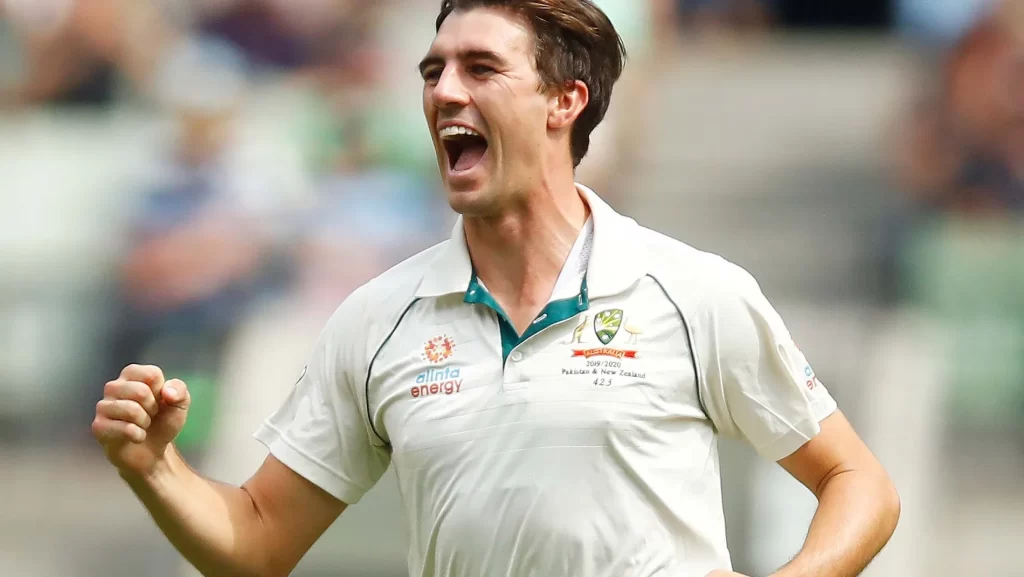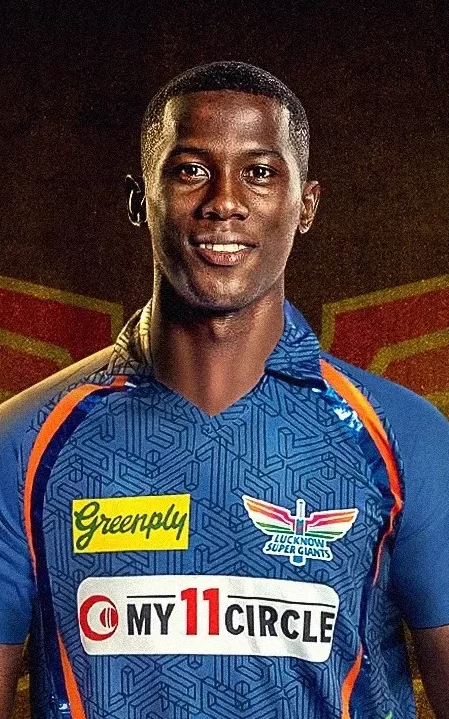by Fintan Daly

Test cricket is the greatest storyteller. Better than any book, movie or production. It produces tales that would awe anyone, even those who do not follow the game closely. And only in test cricket would there be two thrilling matches finishing on the same day, one with a triumphant youngster who has come from nothing to revive his region as a cricketing power, and the other with a debutant getting his country over the line in a dramatic comeback win over one of the game’s best teams. It’s hard to think that such a sport could have ever been in danger of losing popularity. It truly was a reality for test cricket, but now the future looks bright.
In 2005, in tests involving Australia, the most viewed single day’s play was, on average, 4.63 million people. In 2015 it was measured as 647,000. A decrease of almost 4 million viewers in the space of ten years. Even the most conservative test cricket ‘purists’ can’t argue with that. Likewise, the average viewership across any series in 2005 was 2.7 million. In 2015, it was calculated to be 360,000. Again, a massive decline of 2.4 million. These numbers make it blatantly obvious that test cricket was facing many challenges, one of which was the short, fast-paced and exciting new format of Twenty20 (T20) cricket.
The first official T20 matches were played on 13 June 2003 between the English counties in the T20 Cup. This marked the start of a revolution. Traction started to gain quickly for the format, and when the Indian Premier League (IPL) arrived in India, it took off. The IPL, established in 2008, attracted India’s cricket fans in droves, and was a goldmine for the franchises competing, the players and the businesspeople behind it. The attention came easily, with such a family-friendly and exhilarating format of cricket. But what is really breathtaking is the money that the competition offers the players. The IPL is unlike leagues in other codes because it auctions off players. Settled over multiple days, the auction is where players are pooled together and sold to the highest bidder as per the IPL rules and regulations. Over the years this has resulted in some incredible amounts of money being thrown at players. The best example of this happened not long ago on 19th of December, 2023, when captain of the Australian men’s team, Pat Cummins smashed the previous record IPL auction price and pocketed $3.67m to play for Kolkata Knight Riders. This sent shockwaves through cricketing circles worldwide, but it didn’t stop there. Just 91 minutes later, at 9:15 pm, Mitchell Starc toppled that record to the tune of a huge $4.43m. You can’t blame the players for flocking to the IPL when it is that lucrative. With T20 rapidly becoming the premier cricketing format in terms of fans, test cricket needed something special. Enter Shamar Joseph and Tom Hartley.

For cricket fans of old, the swaggering calypso style of the ‘80s West Indies team would remain as the stem of some of their fondest memories from past summers. Viv Richards, Carl Hooper and Curtly Ambrose – to name a few – added to the fun-loving culture of that destructive team. And when West Indies cricket fell from grace in the early 1990s, it left a hole in world cricket. For 30 years the hole remained, with the West Indies, despite occasionally enjoying modest success such as winning the ICC Champions Trophy in 2016, never recreating the remarkable aura of their predecessors. Their struggles were especially shown in the test format, and so they were fast becoming a short-format-only outfit. And as the West Indies arrived in Australia in early 2024, the expectations were low. Everything was against the West Indies. They were playing away from home, against the World Test Champions who were looking to top off one of their most successful years as a team and who had just dismantled the touring Pakistan team. They had a depleted squad, and things looked gloomy. But they had one thing in their favour. They had nothing to lose.

In the first test, they were crushed. But through the rubble of a disappointing defeat, albeit unsurprising, a beacon of hope shone. The beacon was Shamar Joseph, who, making his international debut, made a total of 51 runs, questionably batting at number eleven, and took a five-for in Australia’s first innings. That feat in itself was amazing, but the part that made it special was what Shamar came from. He grew up bowling with anything he could – lemons, limes and guava, and later a taped tennis ball – in the streets of Baracara, a tiny community in Guyana. He and his family made a living out of logging. Once he moved out from his family’s home, he became a security guard in New Amsterdam. Here he got his hands on a proper cricket ball for the first time at a bowling clinic. Just two years ago he quit his job as a security guard to pursue cricket as a career, and a year ago he played his first cricket game, at any level, for Guyana. It sounds like a fairy tale, but it’s true, and that’s what made it special.
The second test came around, and, once again, every pundit of the game expected another landslide victory to the Aussies. What unfolded was magical. The West Indies batted first and put up a very respectable first innings total of 311, helped by a flurry of runs late in the innings with performances from youngsters Joshua Da Silva, Kavem Hodge and Kevin Sinclair. Australia then just about matched that total, and although Shamar Joseph only took the one wicket, Kevin Sinclair’s backflip celebration for his first test wicket took fans by storm. Was the calypso style really back? But as the Windies marched in to bat for a second time, they put doubts into peoples’ minds about that very question. They made just under 200, which is a below-par total, and no batters got a score over fifty. This innings set Australia 216 wins for victory. A formidable target, but nothing that worried Captain Cummins of Australia. Shamar Joseph and company ran out onto the Gabba, a fire lit in their largely unexperienced eyes. Early on in the innings, Alzarri Joseph (no relation) and Justin Greaves dismissed Aussies Usman Khawaja and Marnus Labuschagne for low scores, which gave them hope. Steve Smith was still out there though, battling away in his new position as opener. When a partnership evolved between him and Cameron Green, things looked good for Australia. Then Shamar Joseph came charging in, and, as if for fun, clean bowled Green. Then he took another five consecutive wickets, restricting the batters and knocking them over, all the while making it look easy. Suddenly Australia needed 41 runs for victory with only two wickets in hand. As long as Steve Smith was still in, the match hung in the balance. Another wicket fell, and the match set itself up for an all-time classic showdown for victory. One wicket needed to win for the West Indies. 25 runs needed to win for Australia. Australia chipped away further and further, including an incredible scoop six from Steve Smith. Then, at 5:23pm, Shamar Joseph sent Josh Hazlewood’s off stump flying to finish with seven wickets for the innings and win the match for his team. The West Indies rejoiced. Tears were in the eyes of Carl Hooper, and those of Brian Lara, who said, “West Indies can stand tall today.” And you could almost feel the pride in the air.

While everyone was still recovering from the elation of that moment, day four of the first test of India vs England was playing out in Hyderabad. Throughout the match, debutant Tom Hartley had impressed with the bat, making scores of 23 and 34 as a lower-order batsman. As India cruised to a comfortable victory, with a target of 231 to win, things looked to be one-sided. Then Tom Hartley came on to bowl. A scrawny kid who grew up in Glasgow in a family struggling to make ends meet. Now he was playing for England, in oversized shirt and all. Who would fear this guy if they came out to bat against him? Well, he ripped through the Indian batting order, taking a magnificent seven wickets and engraving his name into the history books. His performance secured a landmark victory for England and brought attention from everywhere. That was a special thing to watch, no matter which team you were supporting.
These are the stories that such a great game tells. And it begs the question: are you not entertained? Long live test cricket.
